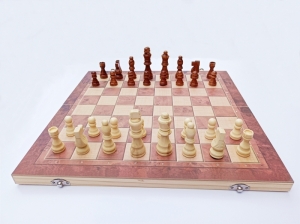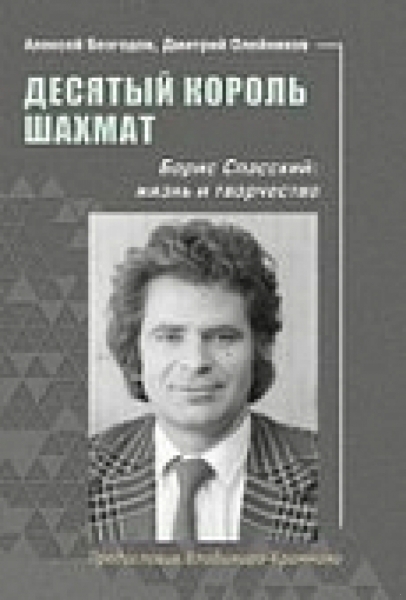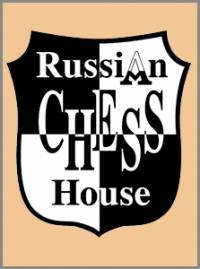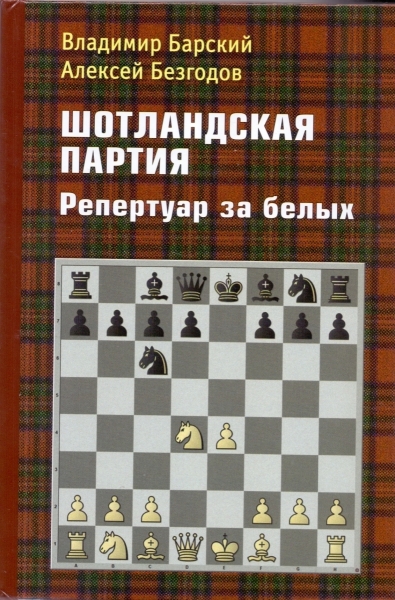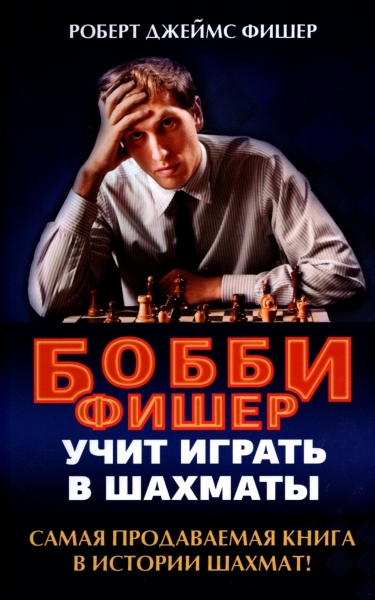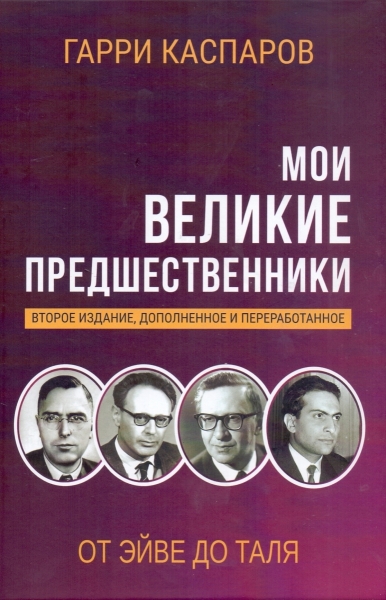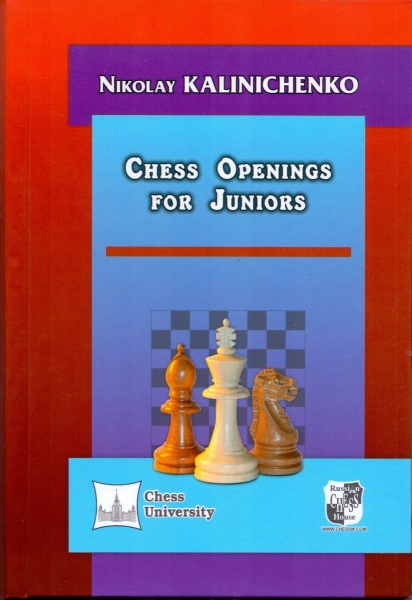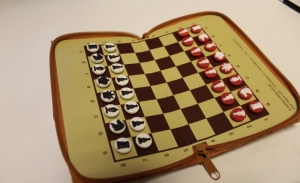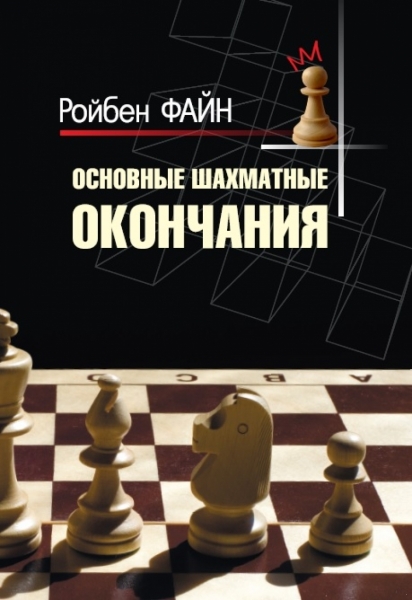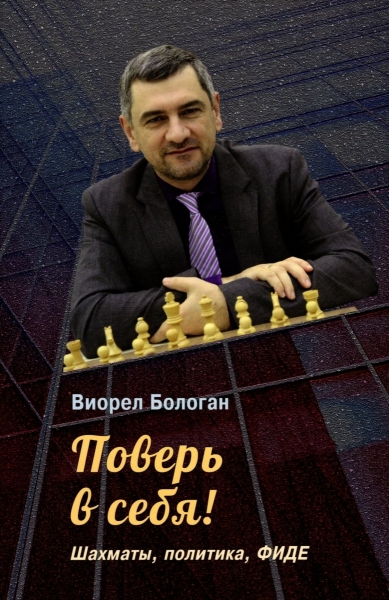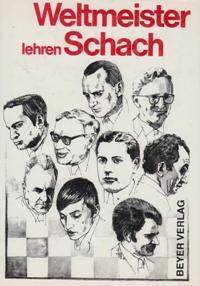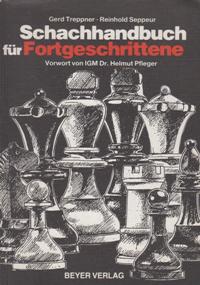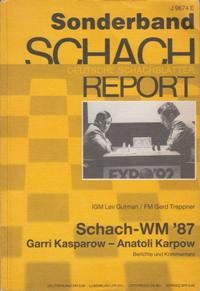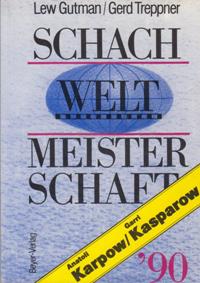Thomas beyer verlags gmbh
Книги издательства:
- Сортировка:
- от дорогих
- от дешевых
- новые поступления
- названия
- автор
-
Weltmeister haben einen reichhaltigen Erfahrungsschatz. Sie beherrschen nicht nur die Theorie, sondern auch auf dem Gebiet der Psychologie können sie einem Anfänger eine Menge vormachen. Dies fand in der bisherigen Schachliteratur wenig Aufmerksamkeit. Schachweltmeister berichten, wie sie sich auf Turniere vorbereiten, was sie während eines Wettkampfes erleben, wie sich ihr Tagesablauf gestaltet. Doch auch das Spiel kommt nicht zu kurz. Anhand von zahlreichen Beispielen berichten die Weltmeister über ihre Art sich auf eine Schachpartie einzustellen. Der eine, Aljechin, bevorzugt den direkten Angriff; der andere, Tal, zeigt wie lange an einer Stellung gerechnet werden Muss, bis man zum Ziel gelangt. Eröffnungsneuerungen hat Weltmeister Smyslow als Thema. Über Probleme der psychologischen Vorbereitung eines Turnierspielers berichtet Dr. Victor Malkin.
-
World Chess Championship 1987 was held from 12 October to 18 December 1987 in Seville, world champion Garry Kasparov and Anatoly Karpov, his rival split 12:12 in a draw, which Kasparov retained his world title.
-
Schachweltmeisterschaft 1990. Alle drei Jahre blickt die Schachwelt auf den dramatischen Kampf um die höchste Schachkrone. Wieder sitzen sich die beiden Schachgiganten Anatoli Karpow und Garri Kasparow am Schachbrett gegenüber. Beginnend mit den Interzonenturnieren 1987 über die Kandidatenkämpfe bis zum Entscheidungsturnier werden in diesem Buch nicht nur die 2x 12 Endkampfpartien von Lev Gutman ausführlich kommentiert, sondern wesentliche, grosse Partien aus weiteren Turnieren der beiden Schachkönige aufgezeichnet und besprochen. Der Leser kann hier ein Stück lebendiger Schachgeschichte hautnah miterleben.
-
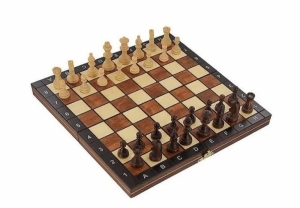 Travel wooden magnetic chess with board / Chess magnetic (Poland) (Wegiel). Markdown
79.33 $
Travel wooden magnetic chess with board / Chess magnetic (Poland) (Wegiel). Markdown
79.33 $
-
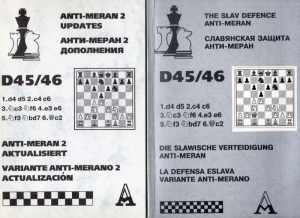 Author:
Author:
Gagarin 11.67 $ -
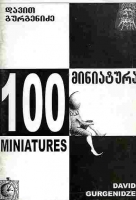 100 miniatures
Author:
100 miniatures
Author:
Gurgenidze 16.67 $ -
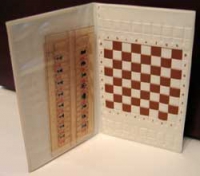 Chess pocket (Czech Republic)
45.00 $
Chess pocket (Czech Republic)
45.00 $
-
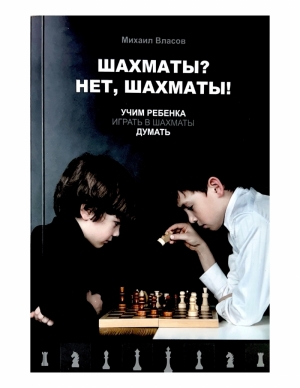 Chess? No, chess!
Author:
Chess? No, chess!
Author:
Vlasov 19.17 $ -
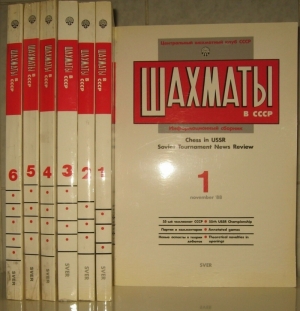 Chess in the USSR. USSR-Italy. A complete set of all seven published books
65.00 $
Chess in the USSR. USSR-Italy. A complete set of all seven published books
65.00 $
-
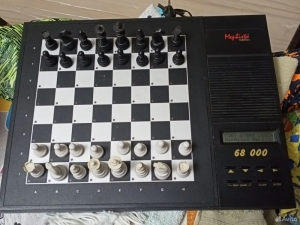 Chess Mephisto 68000. Berlin
733.33 $
Chess Mephisto 68000. Berlin
733.33 $
-
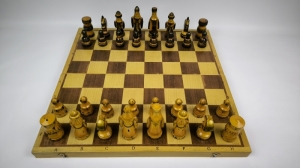 Wooden souvenir chess. THE USSR.
133.33 $
Wooden souvenir chess. THE USSR.
133.33 $
-
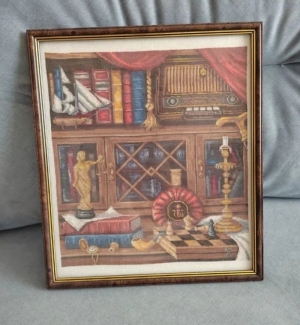 Cross stitch pattern of chess
100.00 $
Cross stitch pattern of chess
100.00 $
-
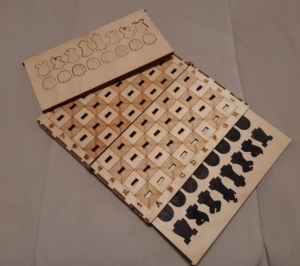 Wooden travel chess. Laser cutting.
46.67 $
Wooden travel chess. Laser cutting.
46.67 $
 Русский
Русский  Английский
Английский 